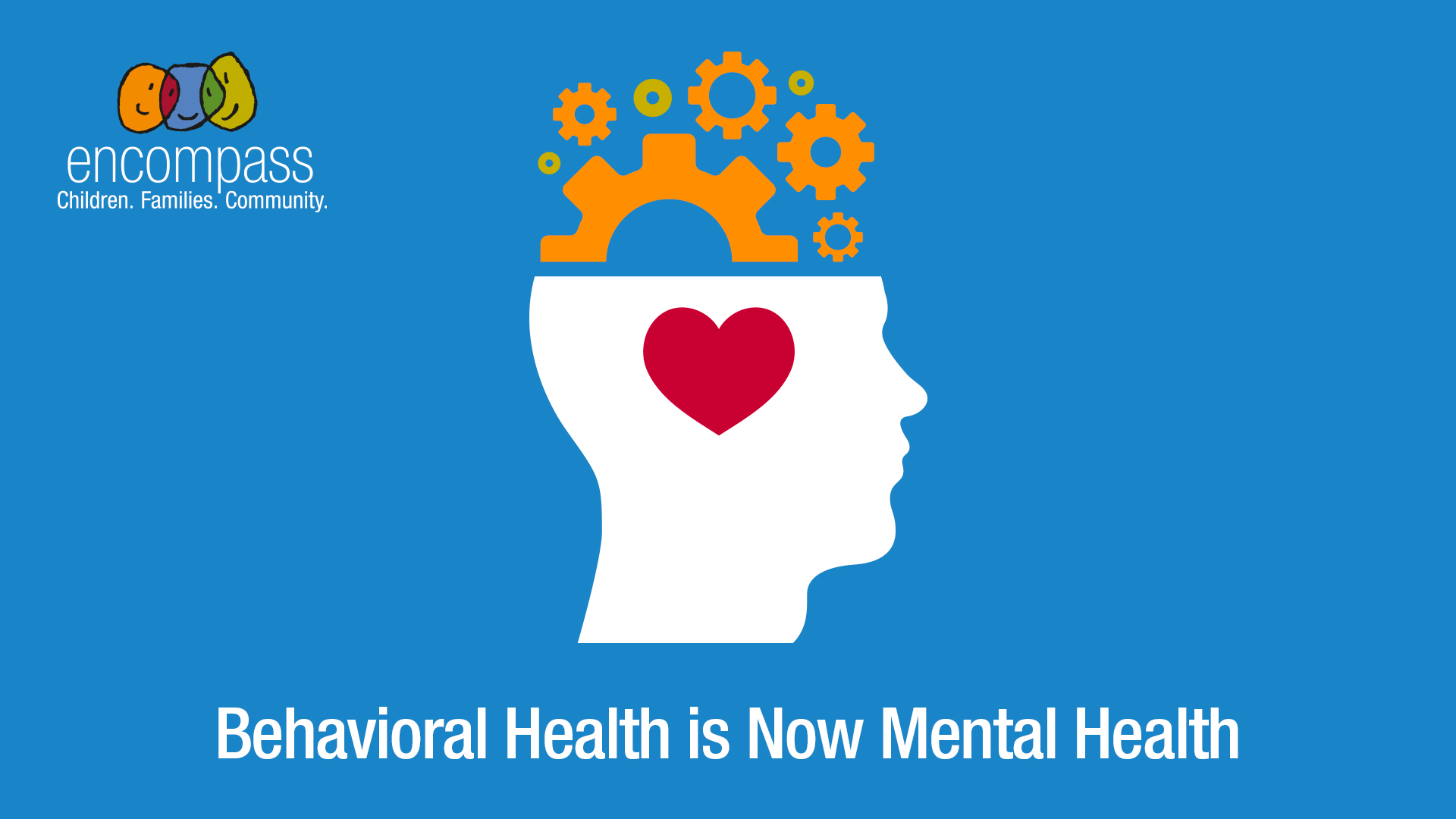Managing Anxiety During Uncertain Times

Just spend a few minutes listening to the radio, watching TV, or checking your phone, and you’ll be inundated with information about toilet paper shortages, political issues, and constantly changing recommendations for keeping ourselves and our kids healthy. It’s enough to send many of us into a tailspin of “What ifs,” “What do I do nows,” and “Is it too late already?” While we should all be heeding the Public Health Department’s recommendations for avoiding physical risks to virus exposure, it’s just as important to build in some practices that safeguard our emotional and mental health.
Here are some ideas for increasing calm during times of stress:
- When someone is feeling fearful, listen… Don’t argue… just listen. Tell them they aren’t alone and let them listen to you.
- Don’t tell someone to calm down. No one has ever calmed down by being told to calm down. Ever.
- Practice deep breathing techniques by blowing bubbles or by breathing in for 3 counts, holding for 3 counts, and breathing out for 3 counts.
- Try to be playful and silly when possible. Laughter is good for us. Since we aren’t supposed to shake hands, come up with a silly elbow bump process to replace it.
- Plan ahead. Talk to your loved ones and build a plan for when you start to feel stressed. Pick 3-4 tools you want to practice as a group and have a contest to see who can practice the most.
- Get outside in the fresh air and practice noticing what your senses pick up. Can you hear birds chirping? Do you feel the sun on your face? Does the gravel sound crunchy under your feet?
- Listen to your favorite music and sing along. Unplug from the constant news cycle when it feels like too much.
- Stimulate your vagus nerve by chewing gum, humming, or gargling with regular water.
- Make sure you are drinking lots of water and eating nourishing foods.
- Spend at least one minute each day in a mindfulness activity. This could be meditation, prayer, or any sort of reflective practice.
When adults feel stressed, our automatic response is to hide those feelings from kids in order to protect them. However, many kids are really great at noticing when their adult is experiencing a big feeling, and this could increase a child’s sense of anxiety about a situation. Instead, we coach parents to acknowledge the feeling, normalize it, sit with it for a bit, and then choose to use a strategy to help themselves feel better.
A very wise woman once suggested to me, “Remind yourself that feelings are often like a wave on the beach. It comes in, you feel it, but it rolls back out to sea. Visualizing your emotions as real but temporary guests can help you stay grounded and confident that you will feel calm and like yourself again.”
An example of this process would be something like:
- Acknowledging the feeling: “I’m feeling sad right now because I didn’t get to do something I wanted to do.”
- Normalizing the feeling: “I’ve felt like this before and I know it goes away.”
- Sitting with the feeling and choosing a self-care strategy: “I think I’ll take some deep breaths now and then take a bubble bath tonight to help myself feel better.”
This way, your child isn’t left wondering if they did something to upset you or if the world is coming to an end and you just don’t want them to know. It’s human nature to make up a story to explain things we don’t understand, so by using these steps, you are giving kids the information they need and modeling accepting and acknowledging feelings and then being proactive about taking action.
For more information about anxiety, click here to download the Encompass Tip Sheet on Childhood Anxiety.














